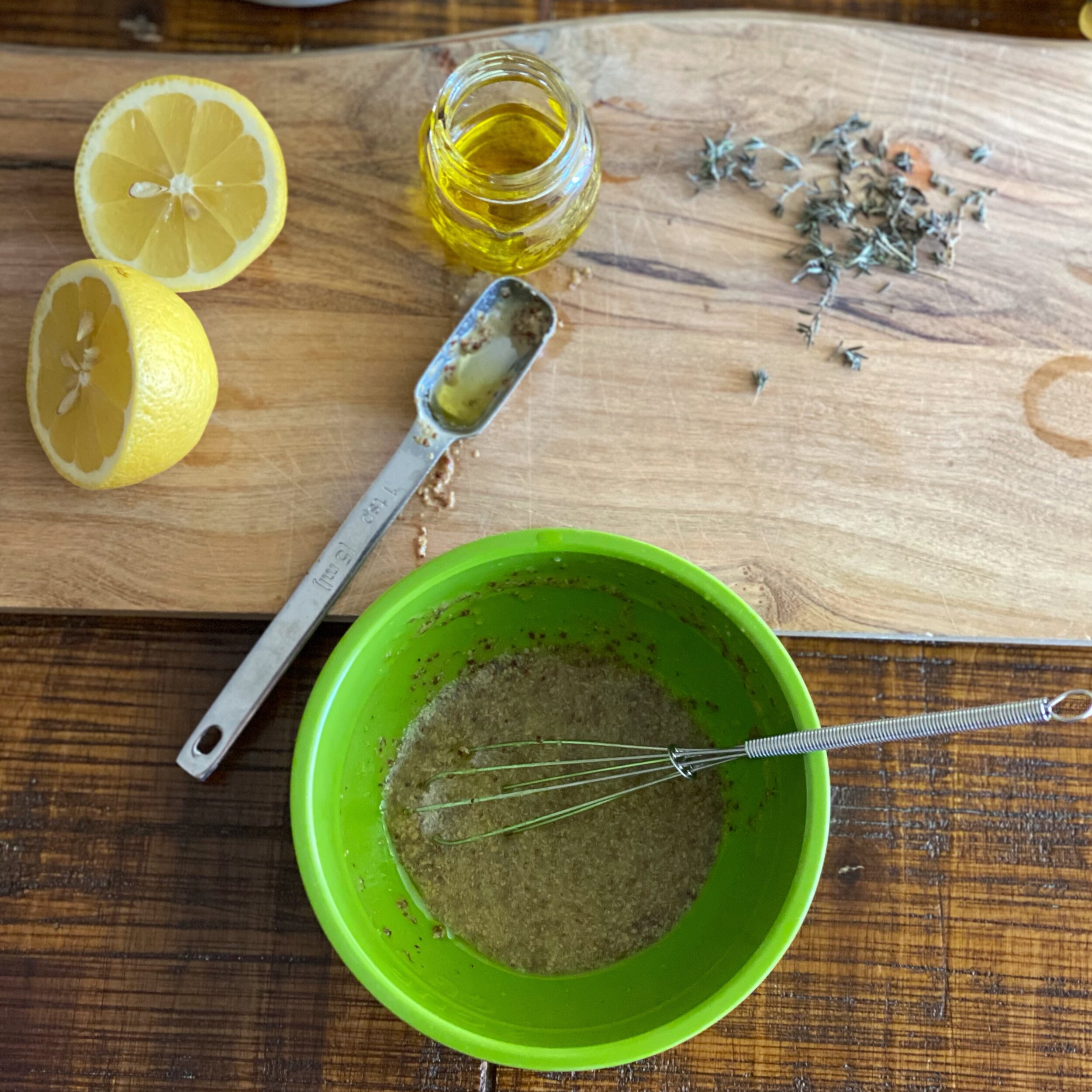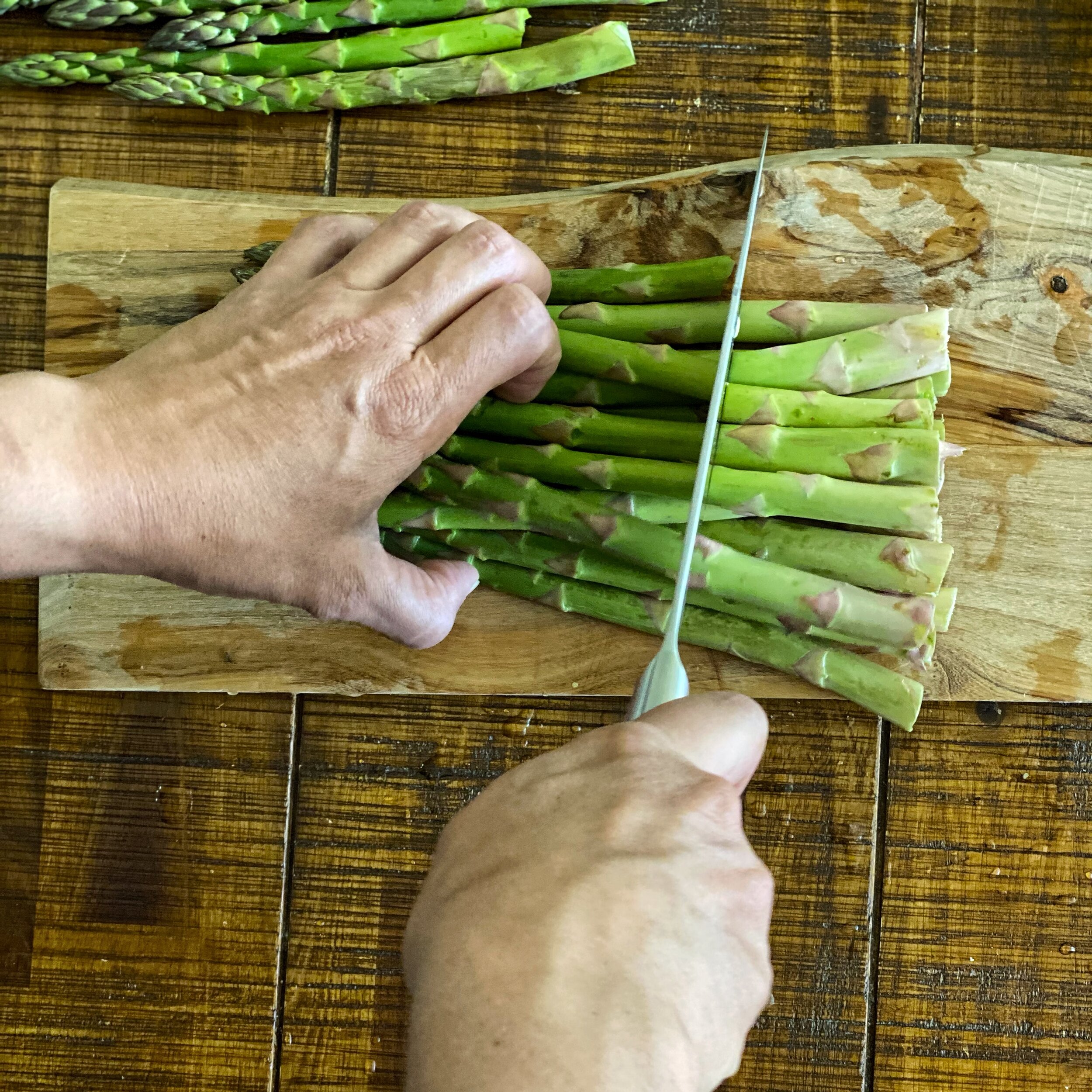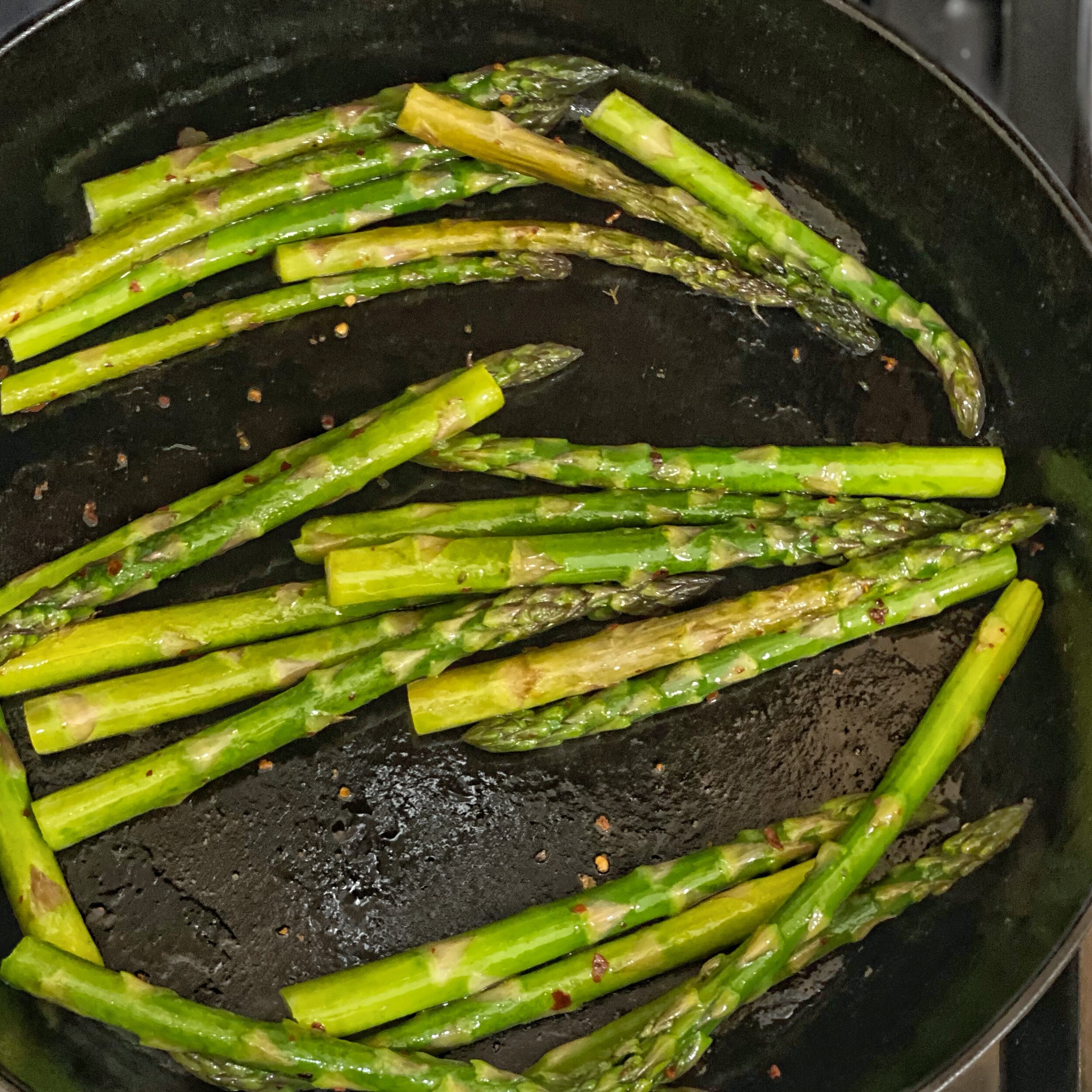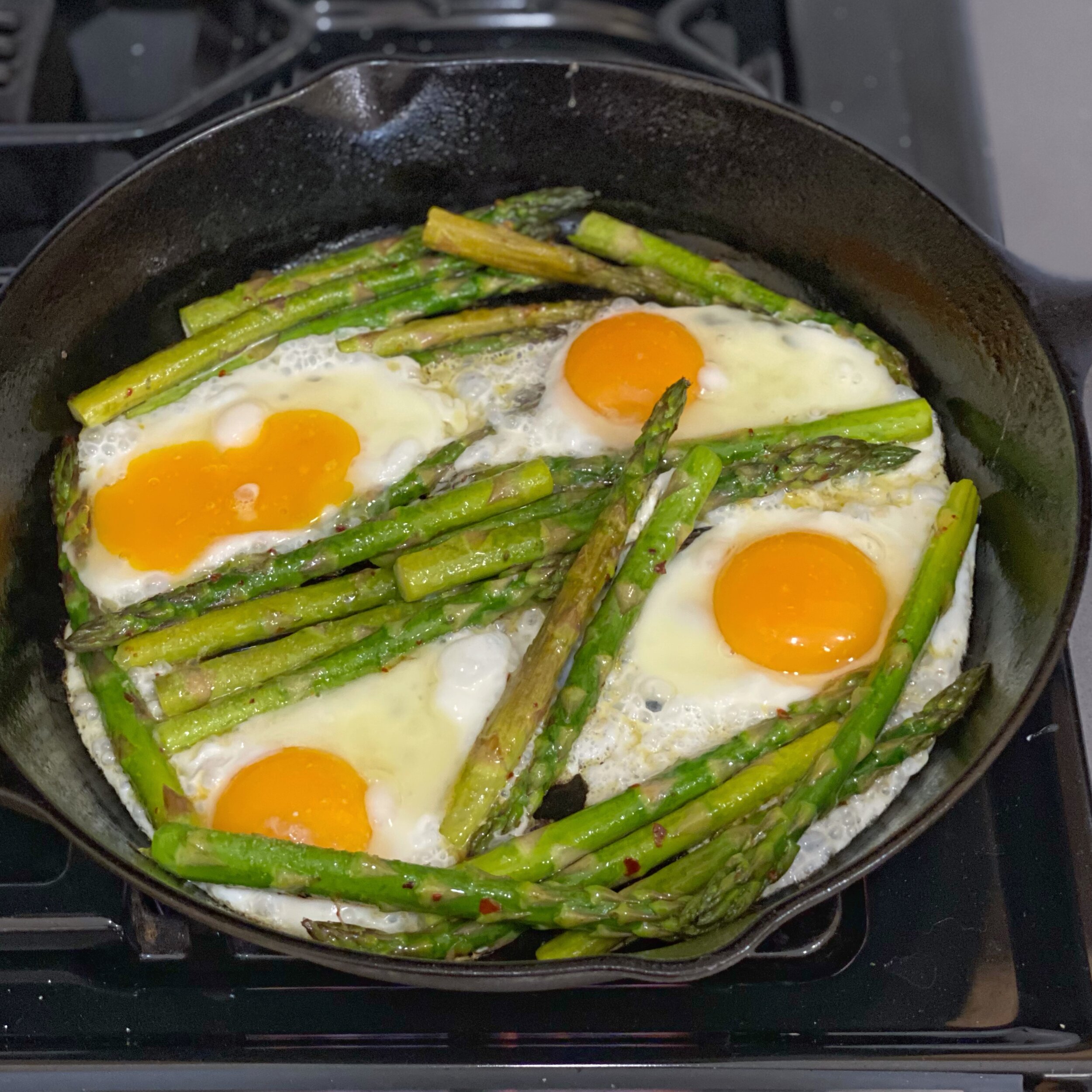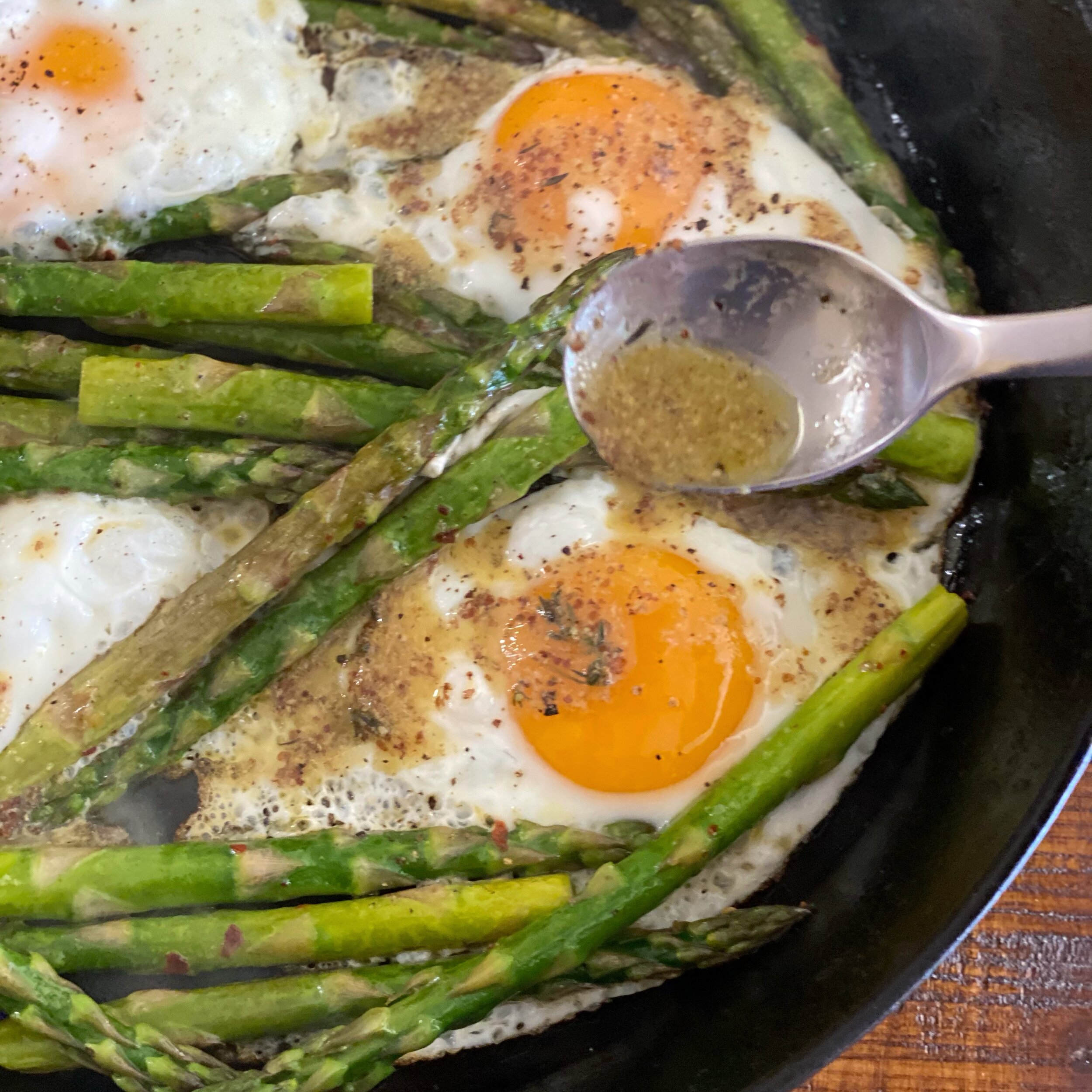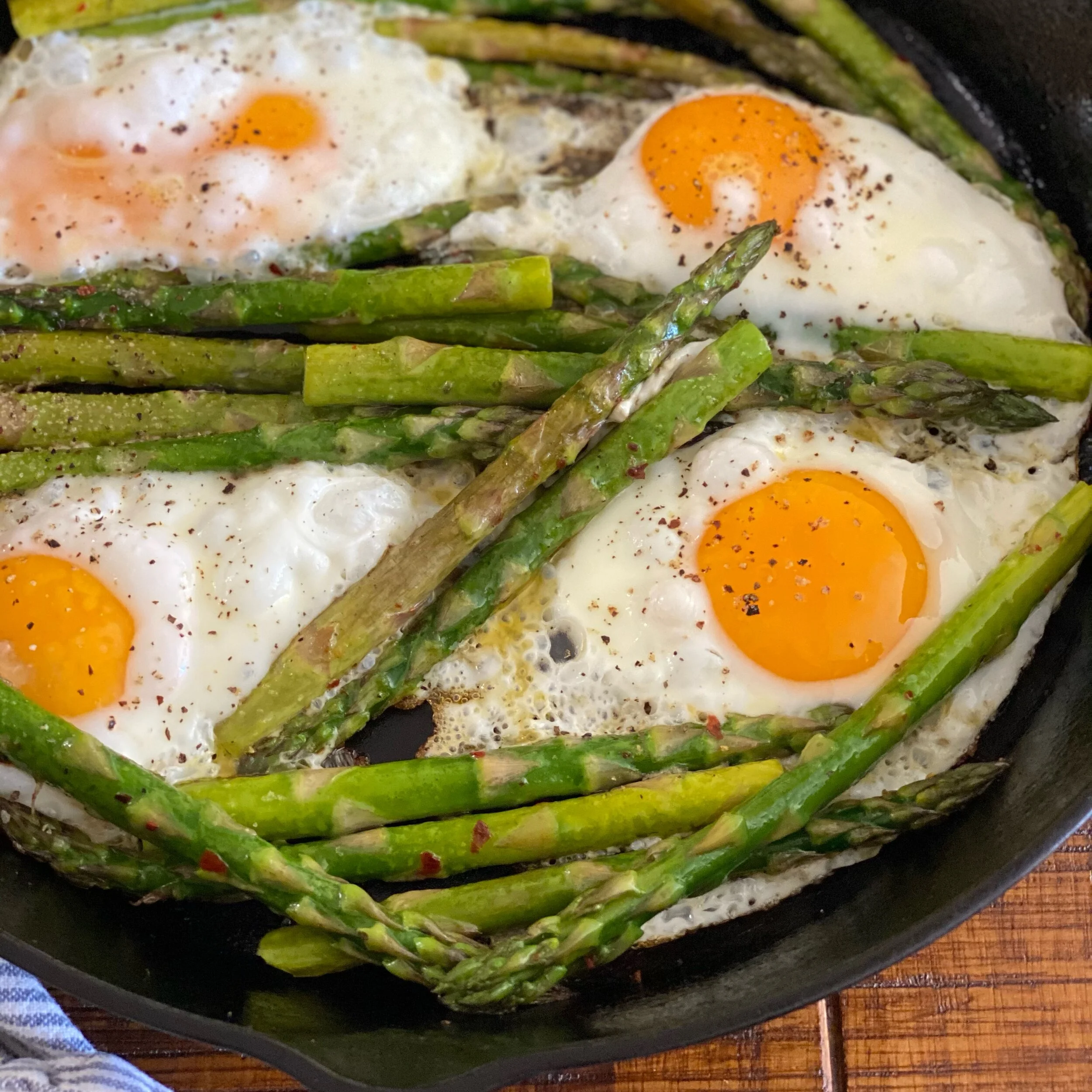Posting a recipe on the internet is like marketing an unknown experience — an escape room, a hike or a blind date. It’s intangible, hypothetical and you’re asking the adventurer to take a chance on you with their time and ingredients. The title is a key element in ensuring a cook will even consider your recipe, as evidenced with the story of Jim Lahey’s and Mark Bittman’s No-Knead Bread. Sure, as someone who looks up recipes, there’s more than the name. Is it written clearly? How seemingly complicated is the procedure? Do I trust the source? Do I have the ingredients? But it is the name that gets the initial click and ensures I will remember how to find it again to share with a friend. How many fewer home cooks would have tried No-Knead Bread if it were called something else? The title must comprehensively convey what the recipe is all about, but do even more than that. It should evoke emotion and a vision of one’s future.
If left to my own devices, this recipe would end up with a boring title like Sautéed Asparagus with Fried Eggs and Lemon Thyme Dijon Vinaigrette. While practical, it’s also a mouthful. I also workshopped the cheesy Eggs Nestled in Asparagus and the truly unhelpful Spring on a Plate. I’m hopeless. Luckily I am also self aware. Rather than risking that this truly amazing recipe goes undiscovered due to a terrible name, I canvassed my Instagram audience for more illustrative and creative titles. While clinging to the romantic Eggs in a Thicket supplied by a good friend, I considered more suggestions. I received Asparageggs and its variation Aspareggus submitted by a father-daughter duo. These titles are much more informative but I’m struggling with their pronunciation and spelling. One strong front runner, Eggsparagus, was submitted aptly by the garden educator and chicken caretaker who ocassionally assists me in cooking classes. Like Asparageggs and Aspareggus, Eggsparagus announces the contents clearly, but without being hard to say or spell. Upon further inspection, I found Eggparagus is not original. So, this recipe writer swung back around to Asparagus Nests, a title that, I think, does it all.
Asparagus Nests
This one-pan meal can be pulled together in just 12 minutes and requires only 8 ingredients, including salt, pepper and oil. I’ve fed it to my family for brunch, lunch and dinner, and they asked for more for breakfast the next day. Round out the meal with a side of creamy polenta or grits. Or serve it over a bed of chewy farro or wheat berries. If you can spare the extra mostly hands-free cooking time, my favorite accompaniment to this, however, is Rosemary Roasted Potatoes.
Yield: 2 servings as a main dish or 4 servings as a side or part of a larger brunch spread
This delicious meal comes together in 15 minutes with just 8 ingredients, most of which you already have.
What You Need:
for the dressing:
1 teaspoon grainy mustard (or Dijon)
2 tablespoons extra virgin olive oil
a few pinches of kosher salt or sea salt
juice from 1 small lemon, about 3 tablespoons
½ teaspoon fresh thyme leaves, plus more for garnish
cracked pepper to taste
Test where to trim by snapping a single stalk with your fingers. Where it breaks naturally is a good place to cut the stalks.
for the eggs:
1 bunch (1 pound) asparagus
kosher salt
2 tablespoons olive oil, divided
⅛- ¼ teaspoon black pepper or red pepper flakes, optional
4 large eggs
What You Do:
Prepare the dressing: Put the mustard in a small bowl. In a slow steady stream, drizzle olive oil into the mustard, whisking constantly. You should have a smooth emulsion. Season with a few pinches of salt and a few cracks of black pepper. Add the lemon juice and whisk until smooth. Season with salt and pepper to taste. Set aside.
Rinse the asparagus and trim off the woody ends.
Heat a 10-inch cast iron skillet, (or carbon steel or other dark non stick sauté pan) over medium high heat. Add the asparagus, 2 tablespoons of water and a few pinches of salt. Steam until the water is absorbed and the asparagus are slightly tenderized.
Drizzle the asparagus with about 1 tablespoon of olive oil. Sprinkle with black or red pepper, if using. Sauté asparagus until lightly browned or charred, about 2 minutes. Arrange the asparagus spears in such a way that their placement creates 4 triangular voids in the pan.
Drizzle remaining olive oil into the voids. Quickly crack an egg into each void. Sprinkle each egg with 1-2 pinches of salt. Season with pepper, if desired. For jammy yolks, cook on high heat until the whites are solid and the edges are lightly crisped, about 3 minutes. Continue to cook for an additional 1-3 minutes if you like the yolks more solid.
Drizzle the dressing on top and serve immediately.
